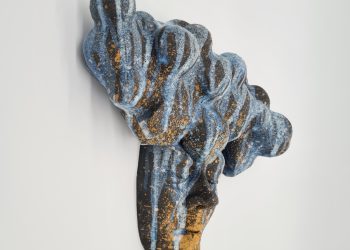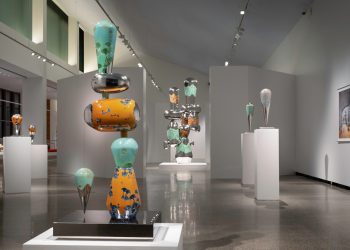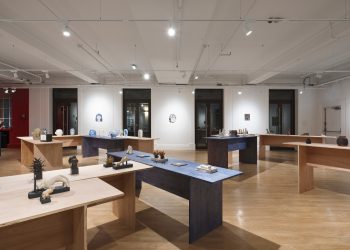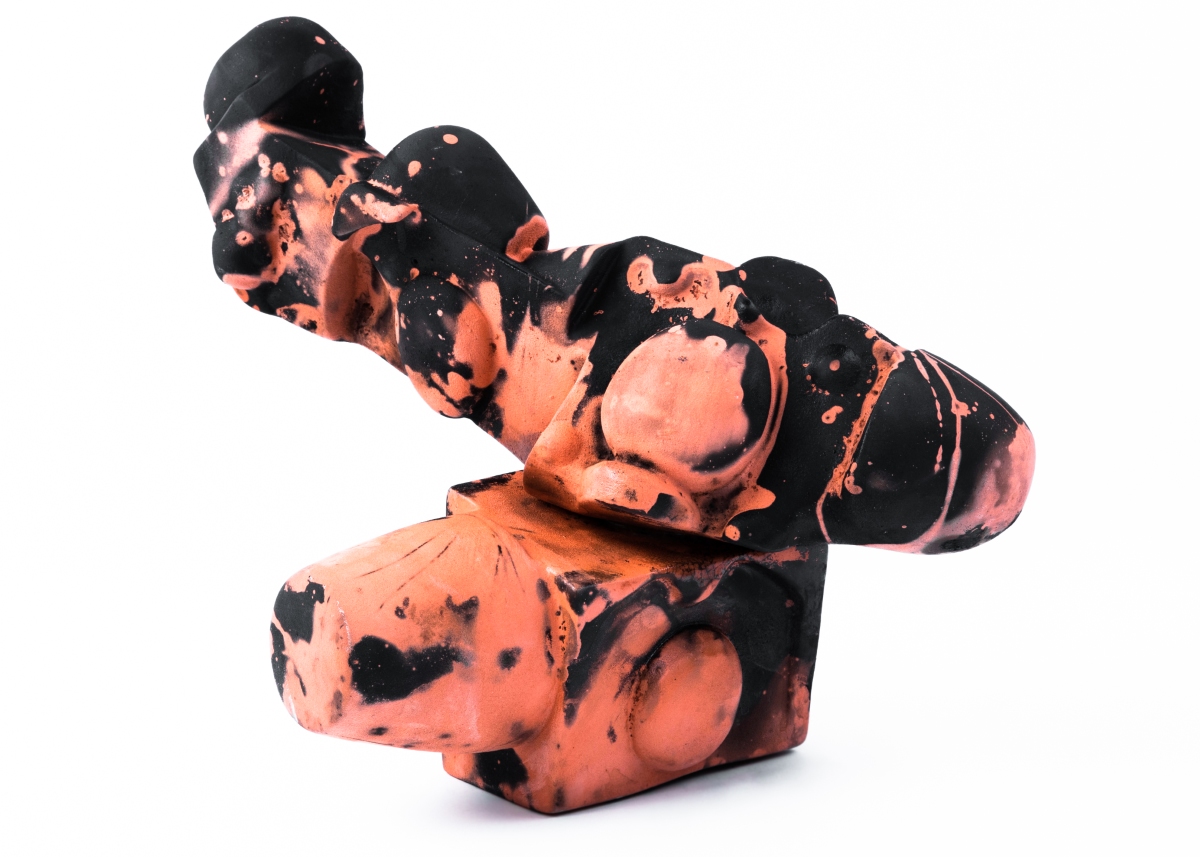
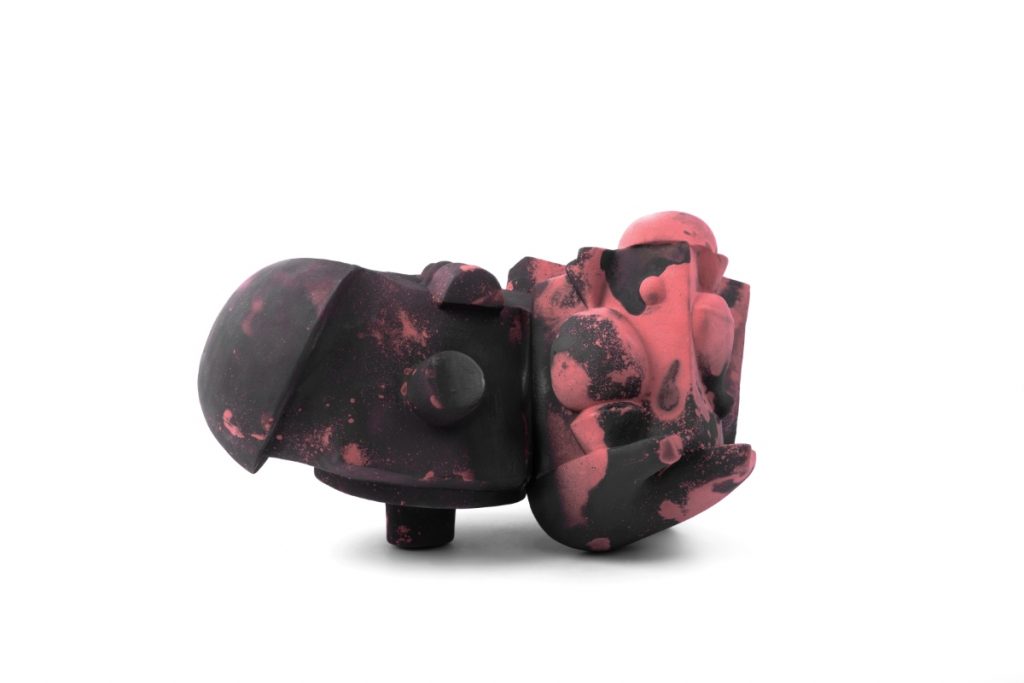
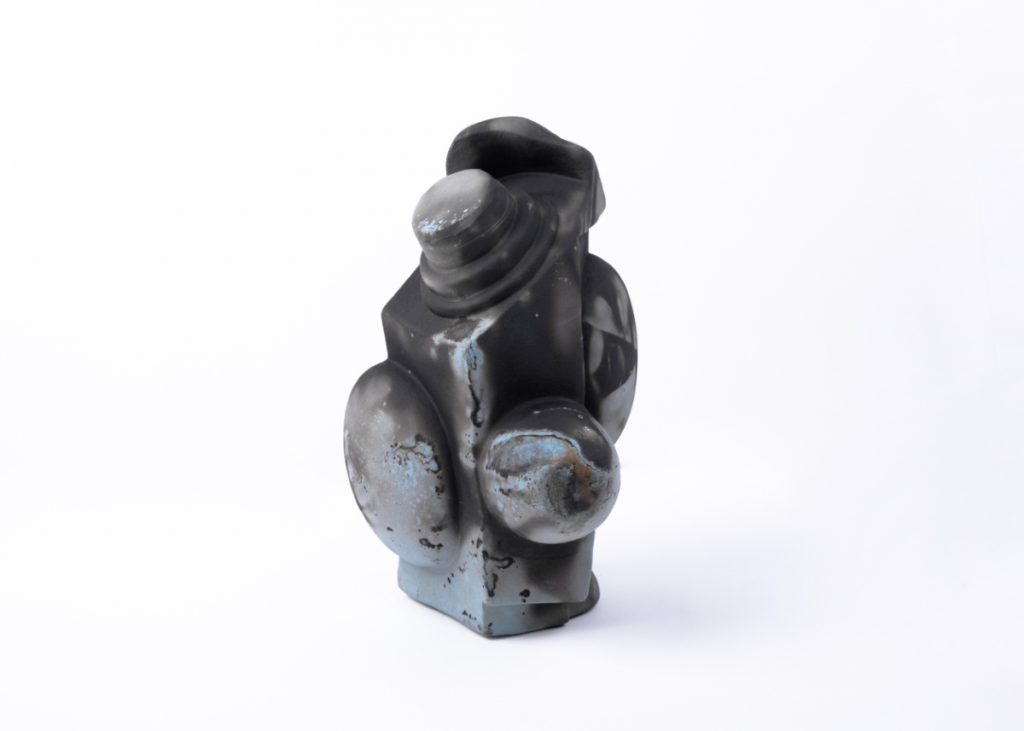
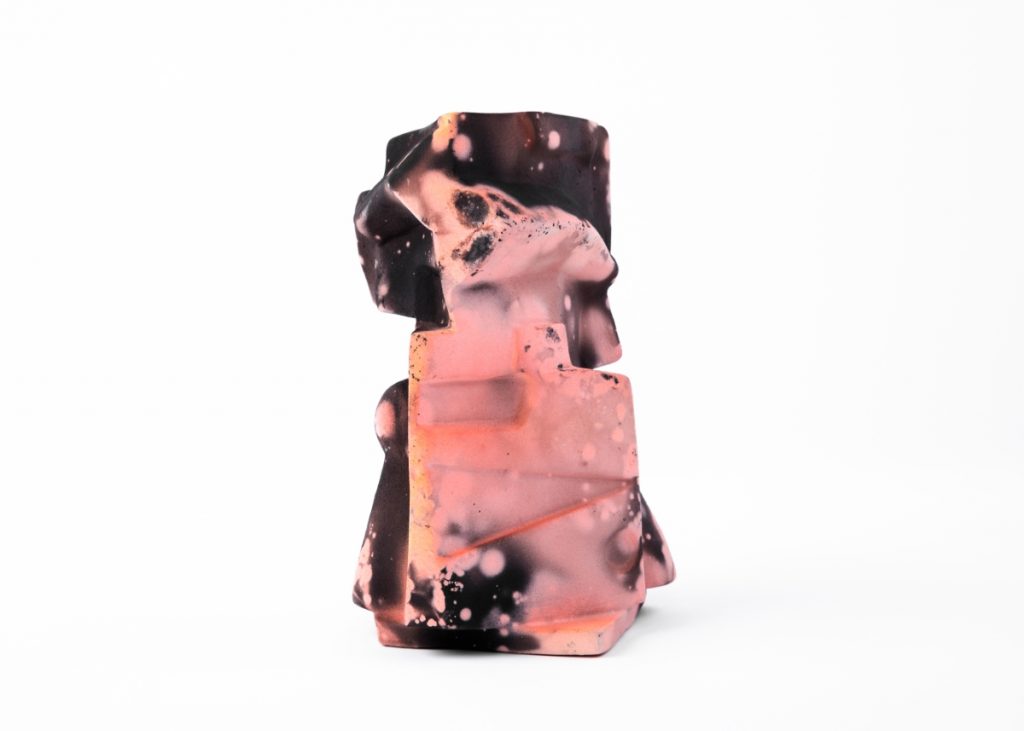
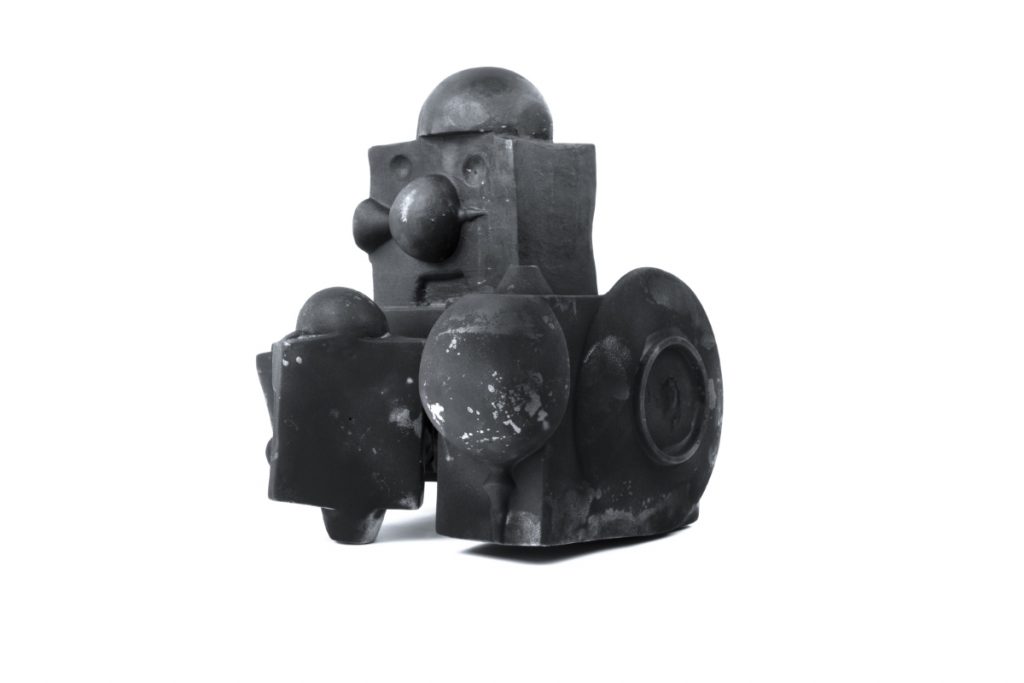
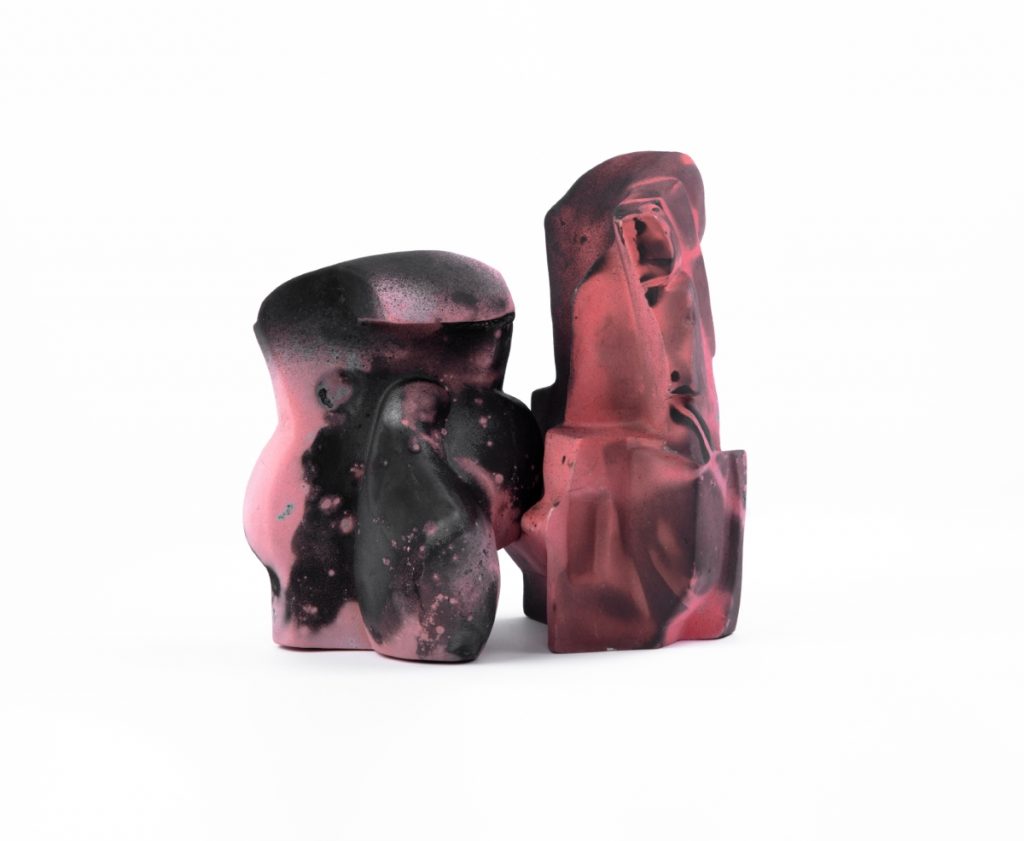
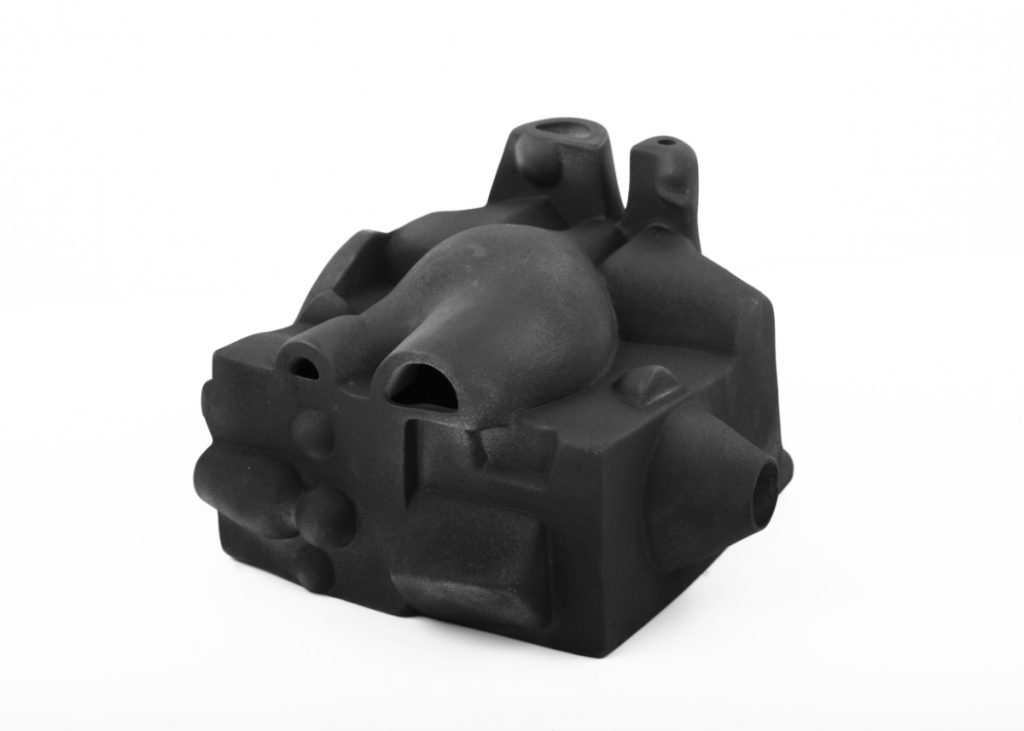
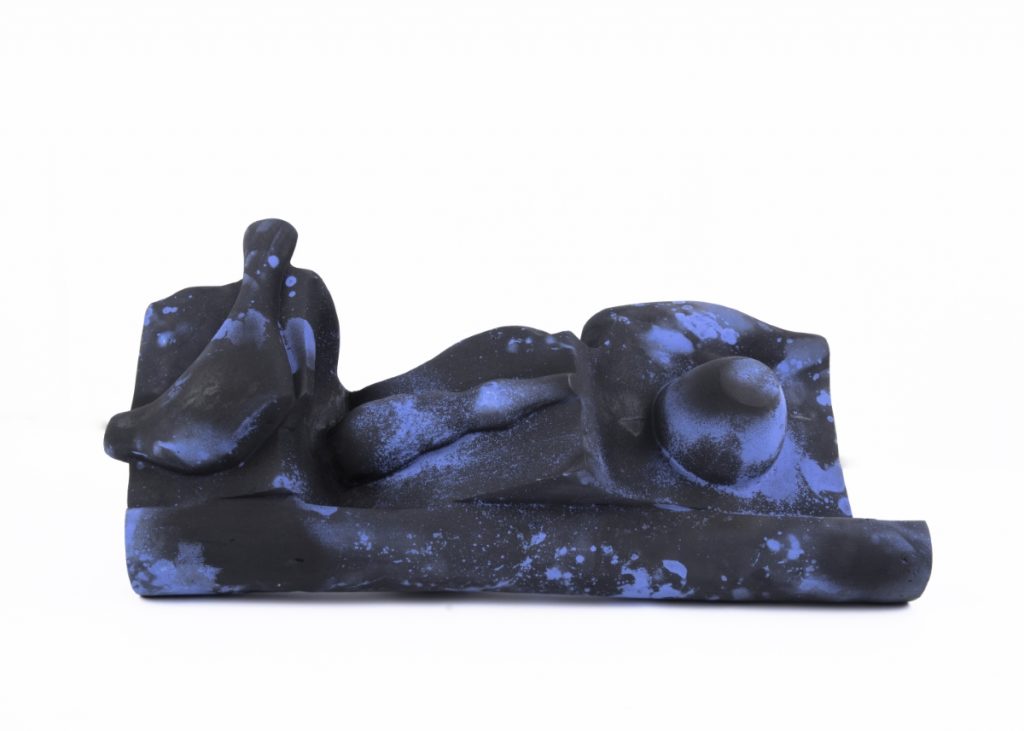
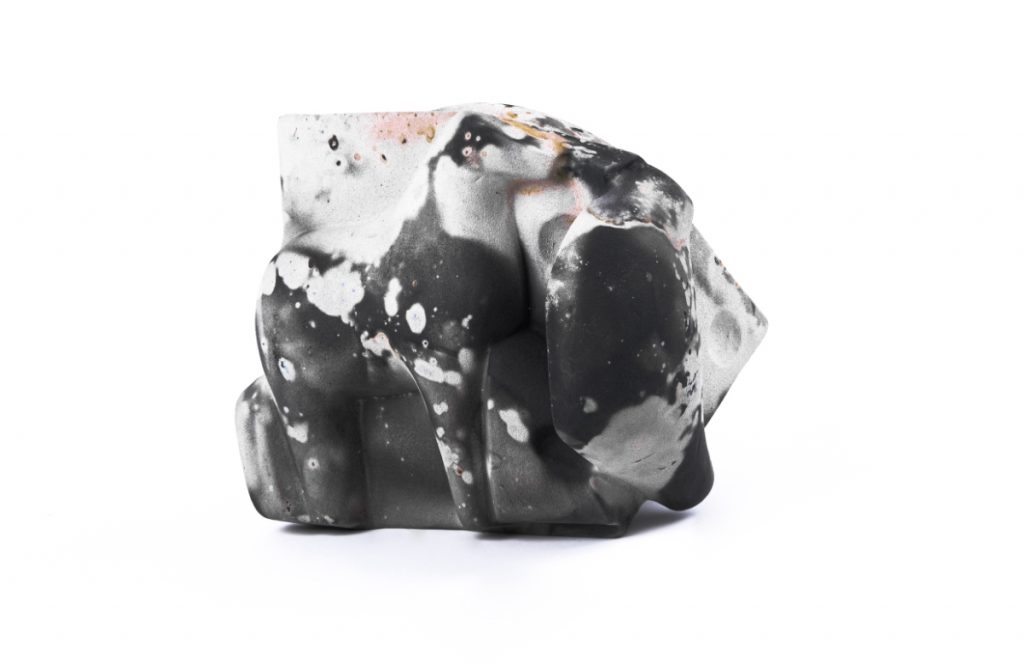
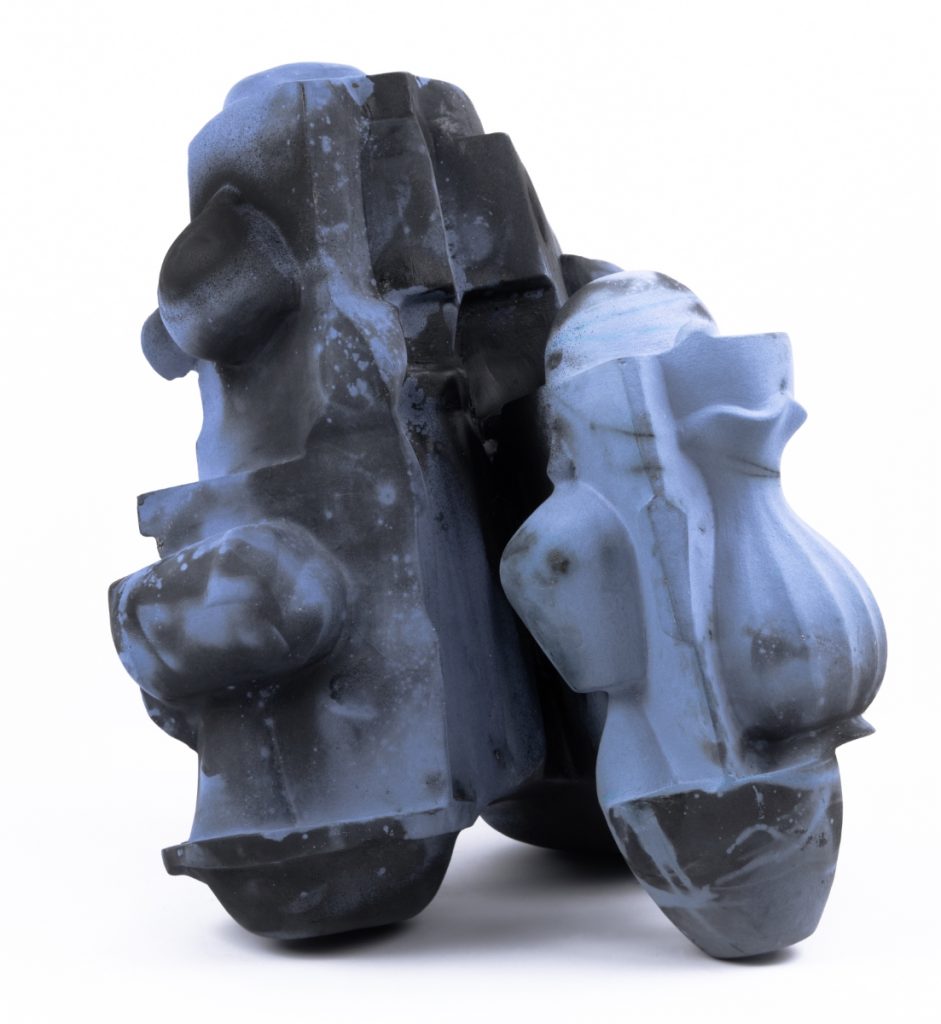
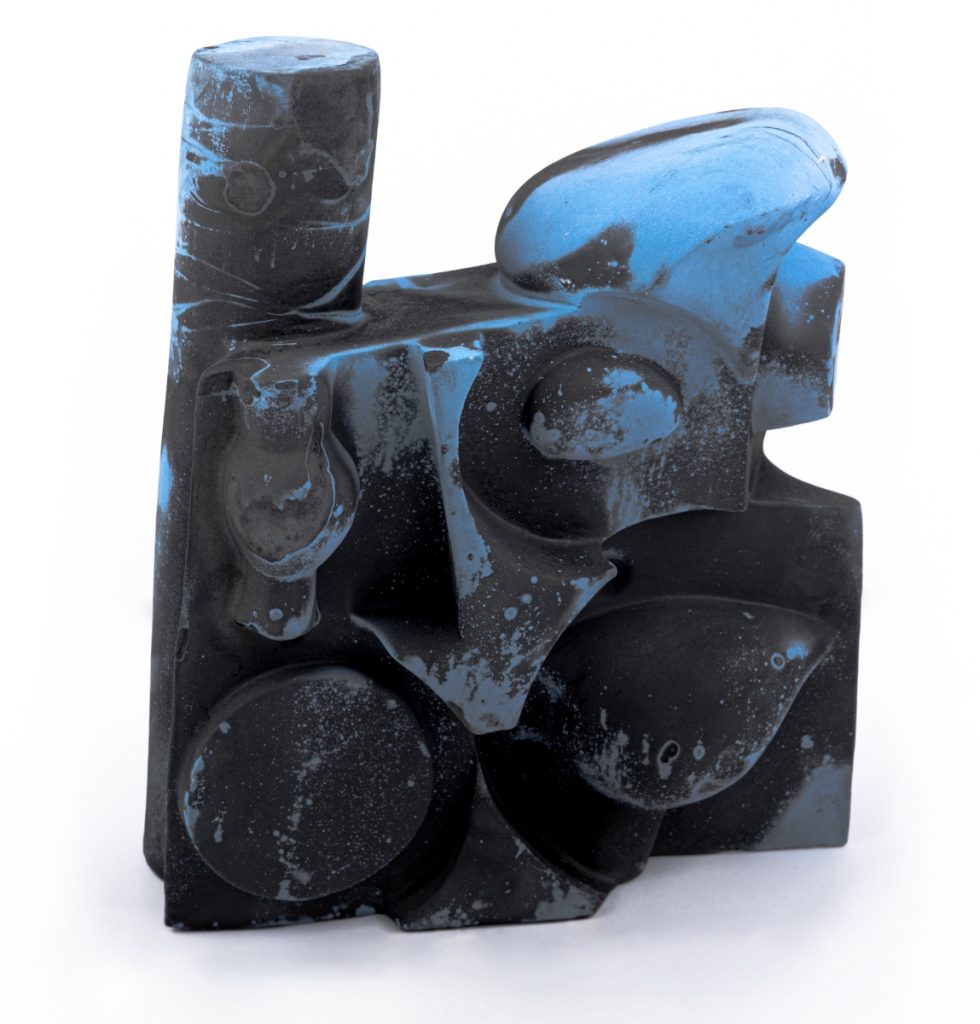
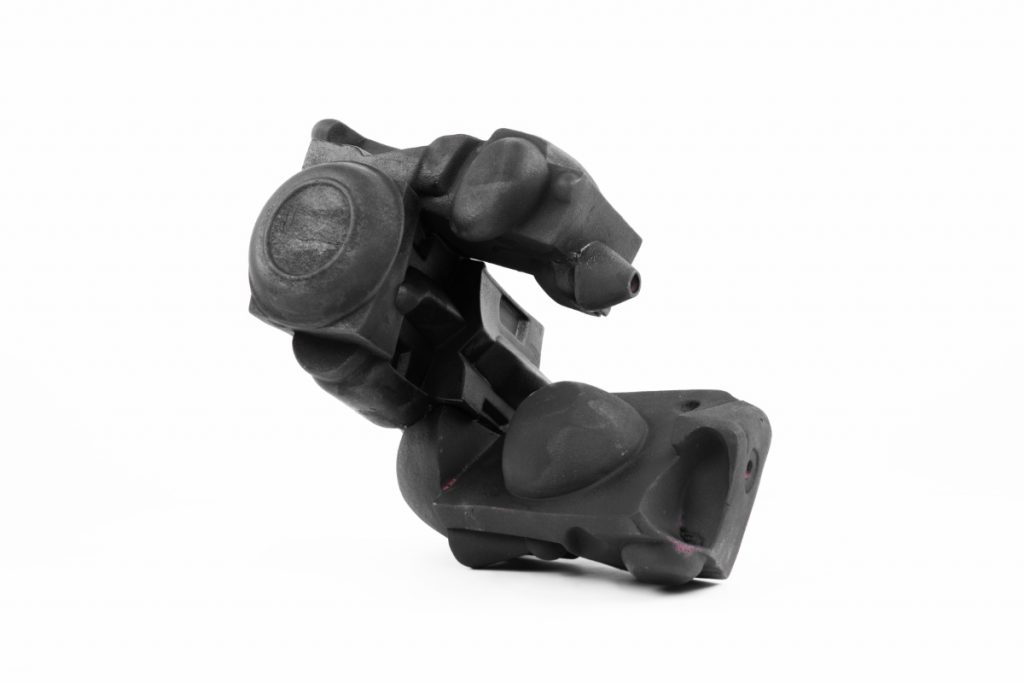
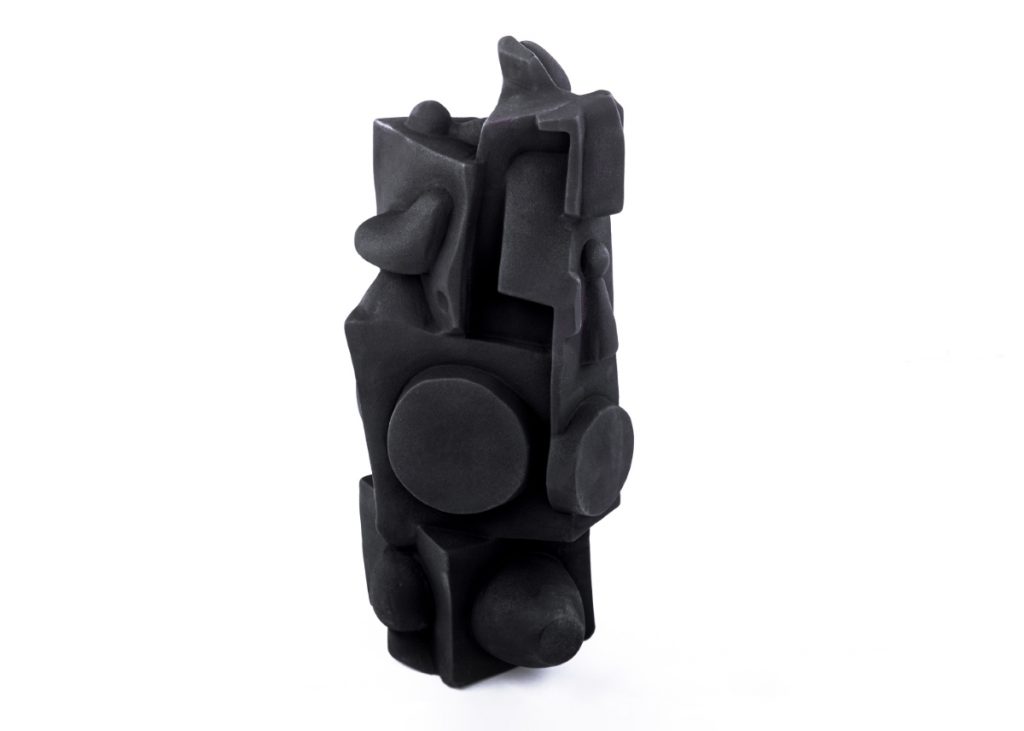
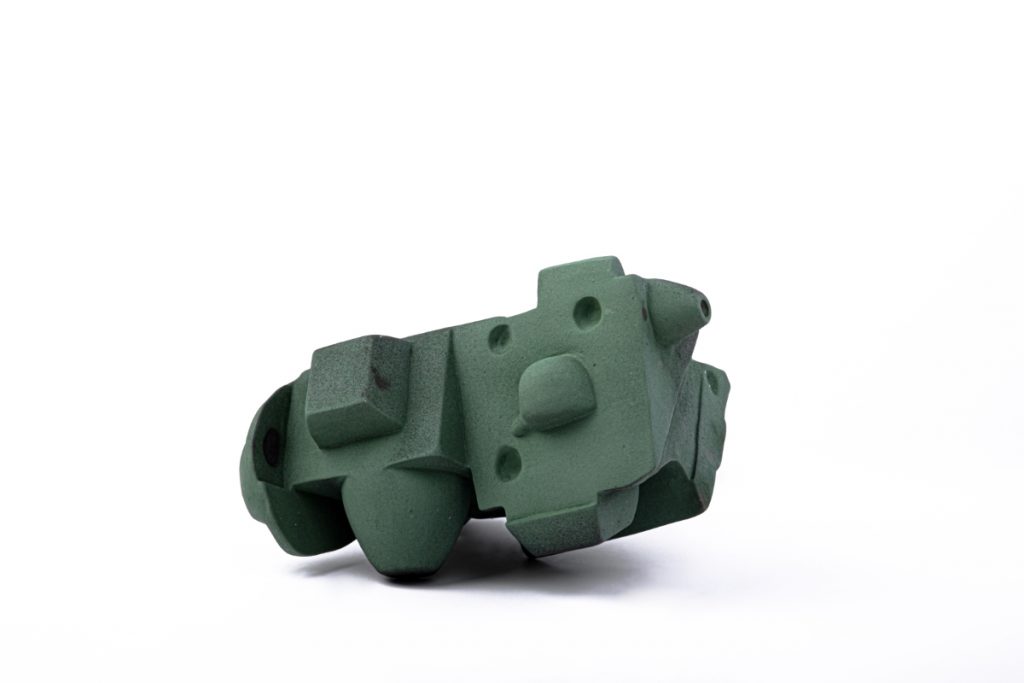
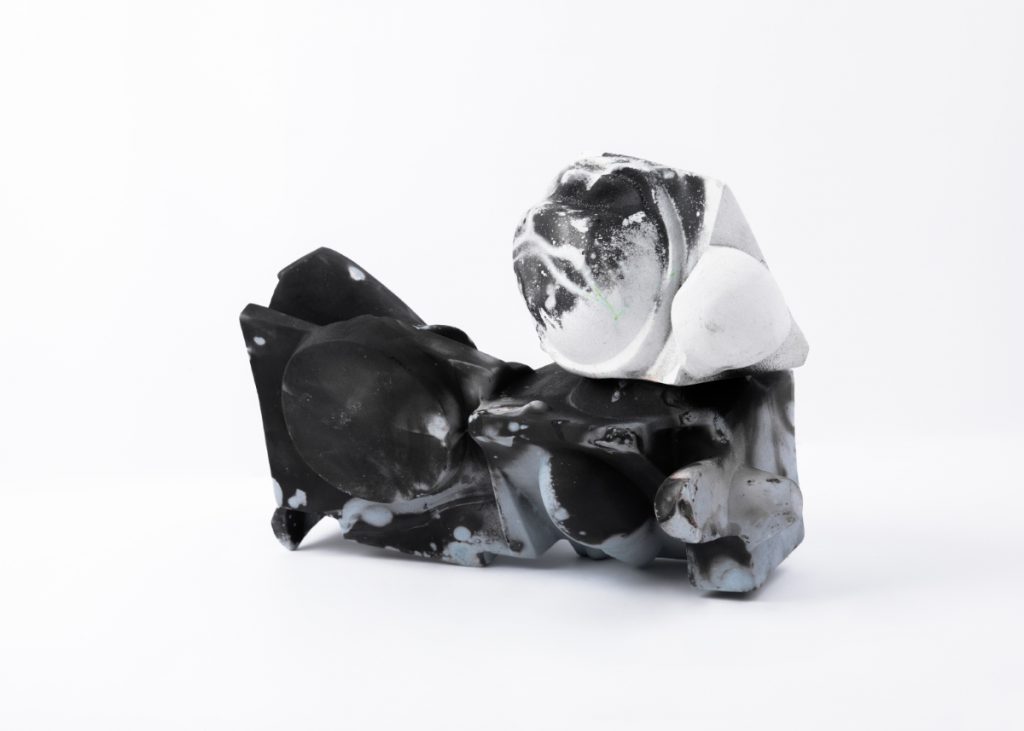
Oldouz Nabizadeh: Spontaneous Generation, 2018-2021
In Oldouz Nabizadeh’s work, playfulness and happenstance play important roles. The artist creates artworks with destroyed and useless molds. She uses the concept of reconstructing and creating an artwork to turn the practical items with everyday use- through her process of creating artworks- into unpractical and incomprehensible items.
These artworks are reliant on the accidents that the artist causes, they do not conjure up any meaning or memory in the viewer’s mind, and this is what makes them ambiguous and leaves the viewer feeling confused with an unfamiliar feeling. Still, when the viewer takes a closer look and contemplates these forms, they can recognize many familiar and everyday forms inside them. The Playing, recycling, and accumulation that happens in the process of producing these pieces push the work process towards an industrial practice or factory-made operation.
Nabizadeh breaks the common rules and fabricated laws and consciously moves towards mutilating aesthetics. Inconsistent and asymmetrical forms that challenge the structures of a traditional format. With her own unique experimenting and improvising, she aims to deconstruct and rebuild form, material, texture, and color. These pieces simultaneously cut any relation to past meanings and form new ones. All forms are fused into one and their imperfections and deficiencies create a sort of unknown and undefinable meaning.
In the “Spontaneous Generation” collection, the artist has used the ceramic medium to sculpt unrecognizable forms with rough textures, matte colors, and some black stains. These pieces are fabricated with two different ceramic techniques and each piece has gone through three phases to reach its final form. First, the pieces are sculpted out of clay and fired in a kiln; secondly, the pieces are glazed and fired for a second time, and finally, they are wrapped in newspapers and fired again, and the carbon from the burning papers creates black stains on the pieces.
The base of creating these pieces is discarded and obsolete plaster molds. The artist takes them from workshops that produce various practical and household ceramic objects like dishes and decorative statues and fuses them together to construct her pieces. By doing this she dismantles the structure, rules, and regular usage of these items, and by changing the usage of these obsolete tools that were once used in producing practical objects, she creates objects with unknown shapes and forms.






